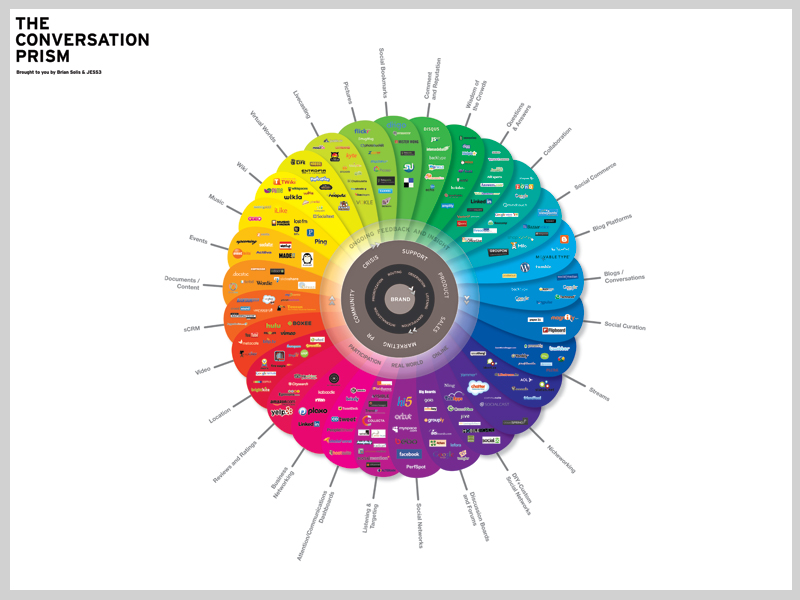Learn how to outsmart, rather than outspend, your competitors
 I didn’t expect a simple blog comment to change my thinking about how to win at content marketing, but it did.
I didn’t expect a simple blog comment to change my thinking about how to win at content marketing, but it did.
As I was catching up on my Internet reading, I found Chris Brogan’s “Stop Making Content Just to Make It.” Since I was swimming with content deliverables for multiple clients at that moment, I clicked. And read. And thought. And then I commented.
My comment lamented that industry practices run counter to Chris’ excellent advice. Increasingly, large marketing organizations are using simplistic content marketing measures like volume over meaningful measures like conversions. And customer helpfulness—that isn’t even in the discussion. What’s worse, the flawed strategies are inspiring similarly flawed responses from competitors, hence the arms race analogy.
I wasn’t alone in my feeling. Tema Frank (@temafrank) and others joined in. So I studied content marketing strategies further in search for a winning solution that avoids an arms race. Here’s what I learned.
Content Marketing as Arms Race

Source: Google Trends: “Content Marketing”
Arms races begin when rivals seek advantage from investing in a new “weapon,” or to drop the military-speak, “tactic.” The idea of divesting the tactic while your rival continues to invest would lead to inferiority and possible annihilation. The result: both rivals invest at levels that ensure neither side gains an advantage. This is what game theorists call the “Prisoner’s Dilemma.”
Content marketing fits this pattern for two reasons. Content Marketing drives down cost of sales. According to DemandMetric, Content marketing costs 62% less than traditional marketing and generates about 3 times as many leads. Second, competitive spend levels for online content creation, digital marketing and social media is increasing. Forbes reported on why 5 organizations increased spending on content marketing, but many other sources confirm the trend.
Whether content marketing escalation is good or bad is the wrong question. Game theorists confirm the behavior is rational as a way to avoid annihilation.
5 Behaviors That Will Help you Win at Content Marketing
So what is a savvy-marketer to do? Compete smarter. Here are five content marketing behaviors that are currently winning across the Internet:
- Set Meaningful Success Metrics – Keep your eye on corporate goals like revenue or new customer acquisition rather than dozens of content-marketing-focused key performance indicators.
- Understand your Audience – Knowing your audience makes it easier to focus creation efforts on meaningful, helpful and trust-building content. It also helps you invest wisely in qualified media buys.
- Help, Empathize and Listen – Success may start with content, but it grows from follow-up communications. Whenever possible, follow up with people who consume your content.
- Generate Content You Can Produce Well – Avoid the risk of undermining helpful content with poor production quality. Get good at writing, graphics and video production, if that’s what’s needed.
- Invest for Success – Content isn’t free. Invest wisely at levels to achieve objectives. Strive to meet business goals, execution quality and effective follow-up to avoid losing on budget size.
In future posts, I’ll provide additional detail about each of the recommended behaviors.
My thinking, and perhaps others’ thinking, is still evolving on this subject. Please add to discussion by adding your comments below.





